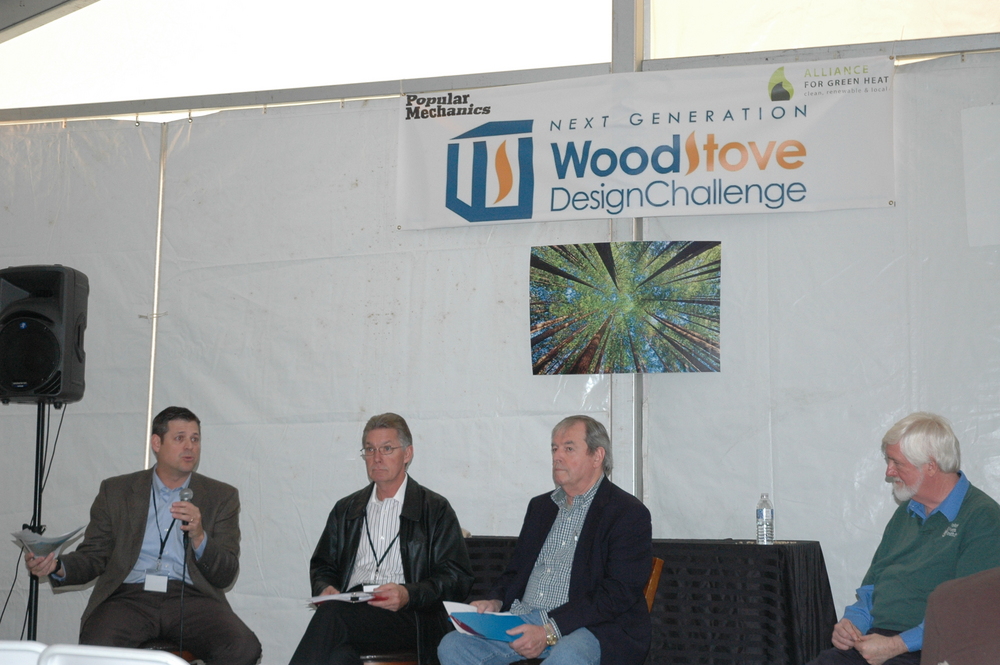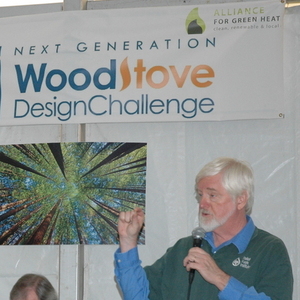Wood Stove Decathlon: panelists talk heating with pellets







PHOTO: BIOMASS MAGAZINE
November 19, 2013
BY Anna Simet
Advertisement
Advertisement
Related Stories
The call for presentation abstracts for the 19th annual International Biomass Conference & Expo is now open. The event will take place in Nashville, Tennessee, March 31 – April 2, 2026. Abstracts can be submitted through Nov. 21.
Japan-based Renova Inc. on Oct. 14 announced that its 75-megawatt (MW) Omaezakikou Biomass Power Plant resumed operations on Oct. 10. The facility was idled in June following a malfunction of auxiliary boiler equipment.
Pellet and forestry experts explain the potential for woody biomass and pellets from waste wood residues to be used as a sustainable aviation fuel feedstock.
The U.S. Energy Information Administration on Oct. 15 reported that approximately 1.684 million U.S. households used wood as a primary heating source last winter, down 1% when compared to the previous year.
Renewable are expected to account for 24% of U.S. electricity generation in 2025, increasing to 26% in 2026, according to the U.S. Energy Information Administration’s latest Short-Term Energy Outlook, released Oct. 7.





